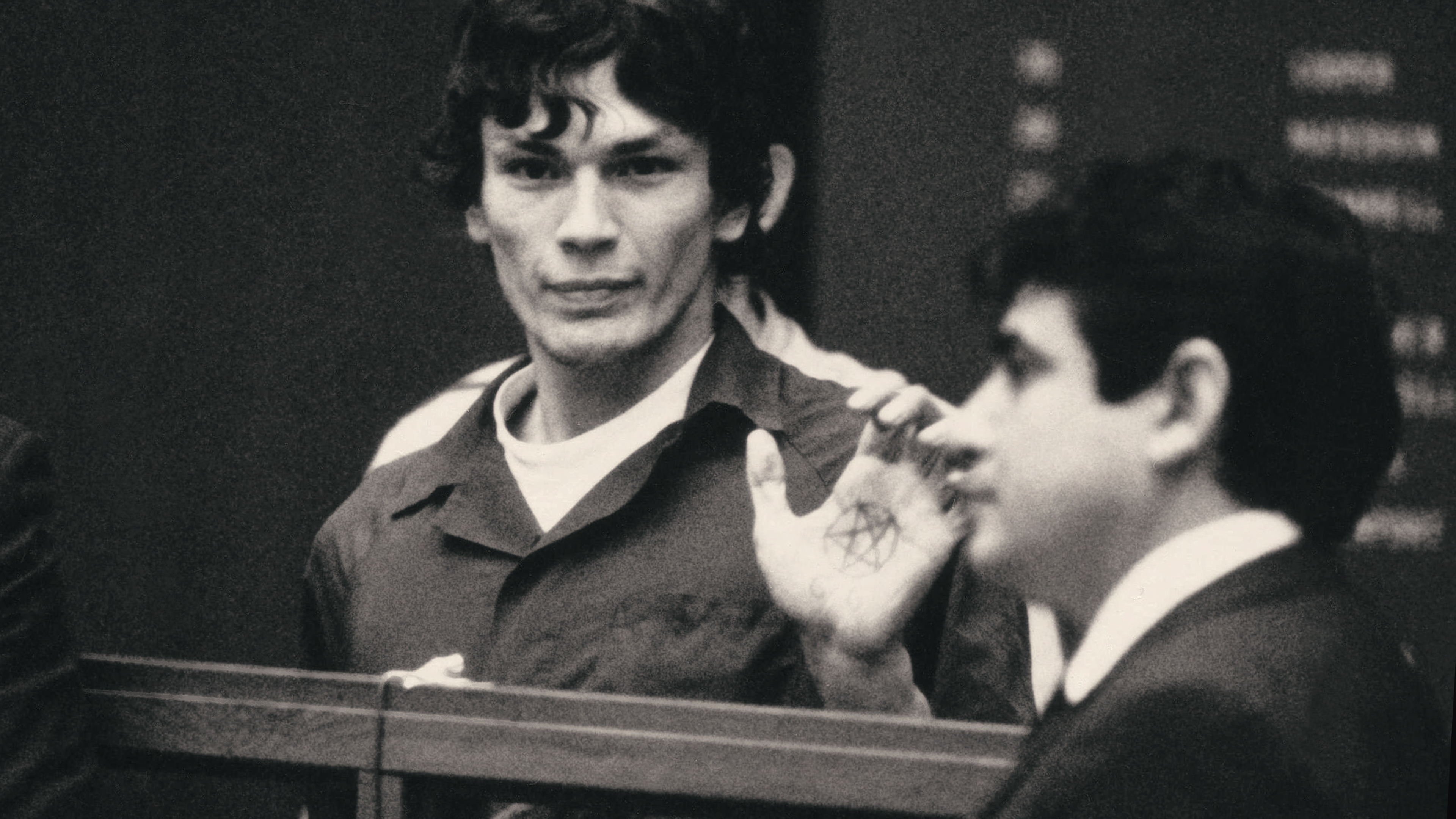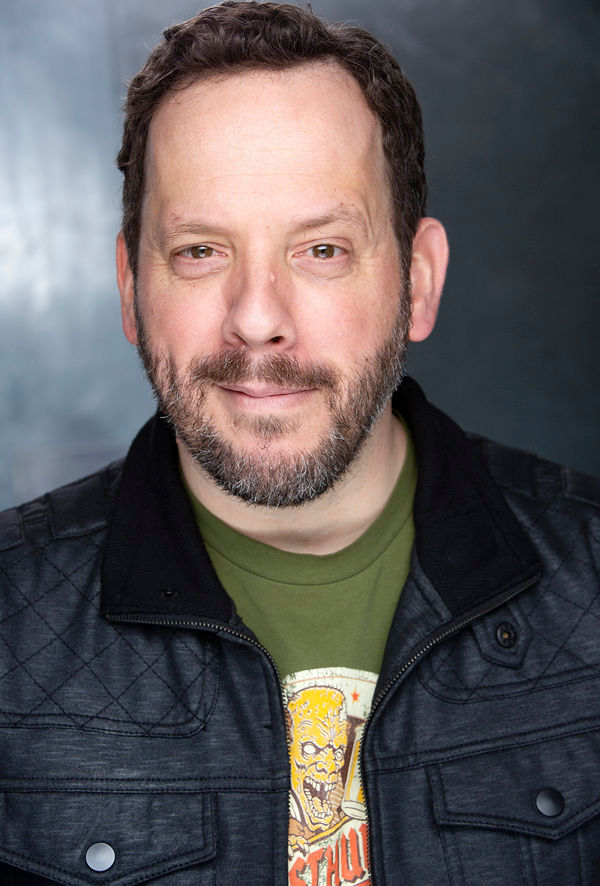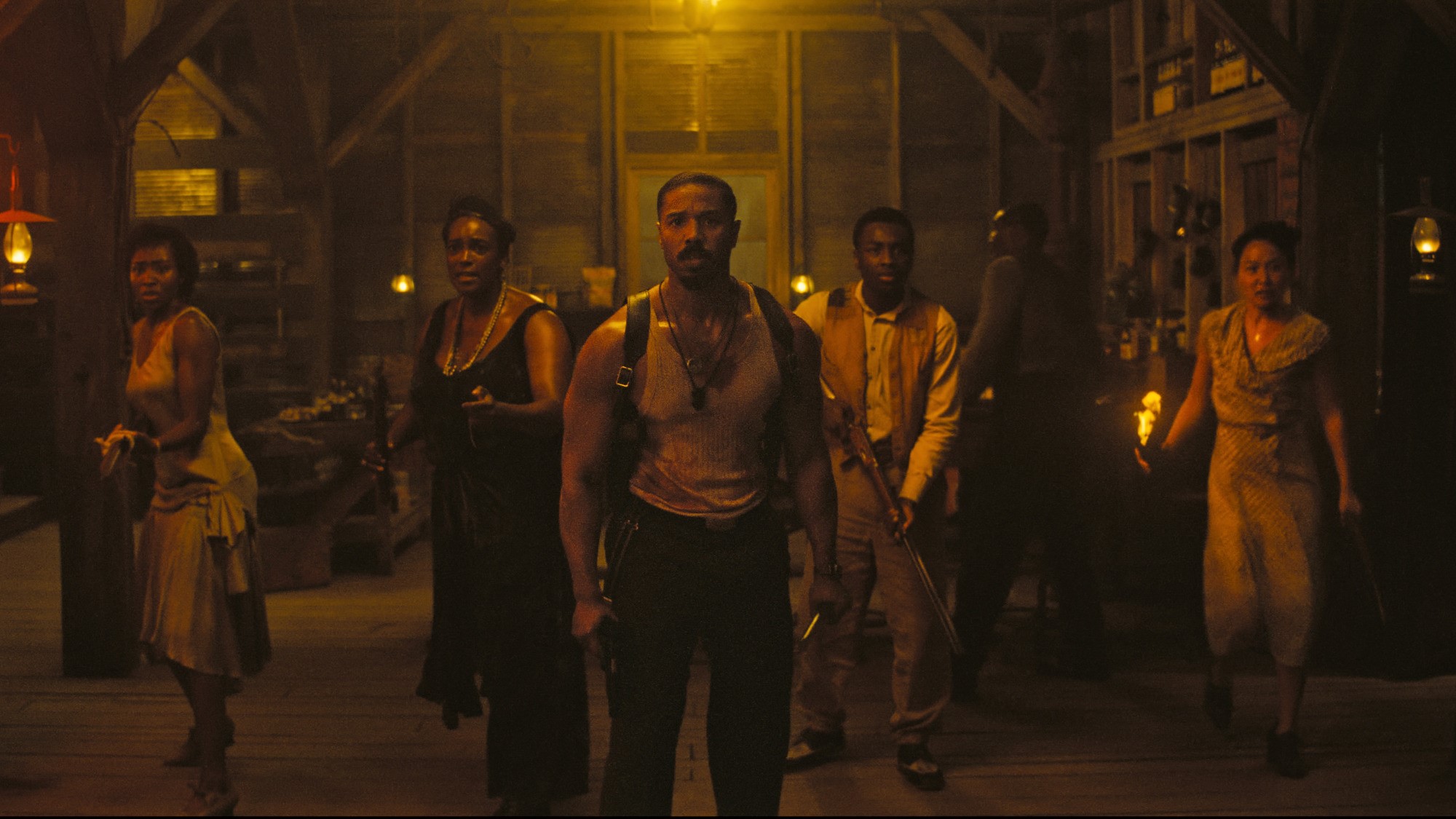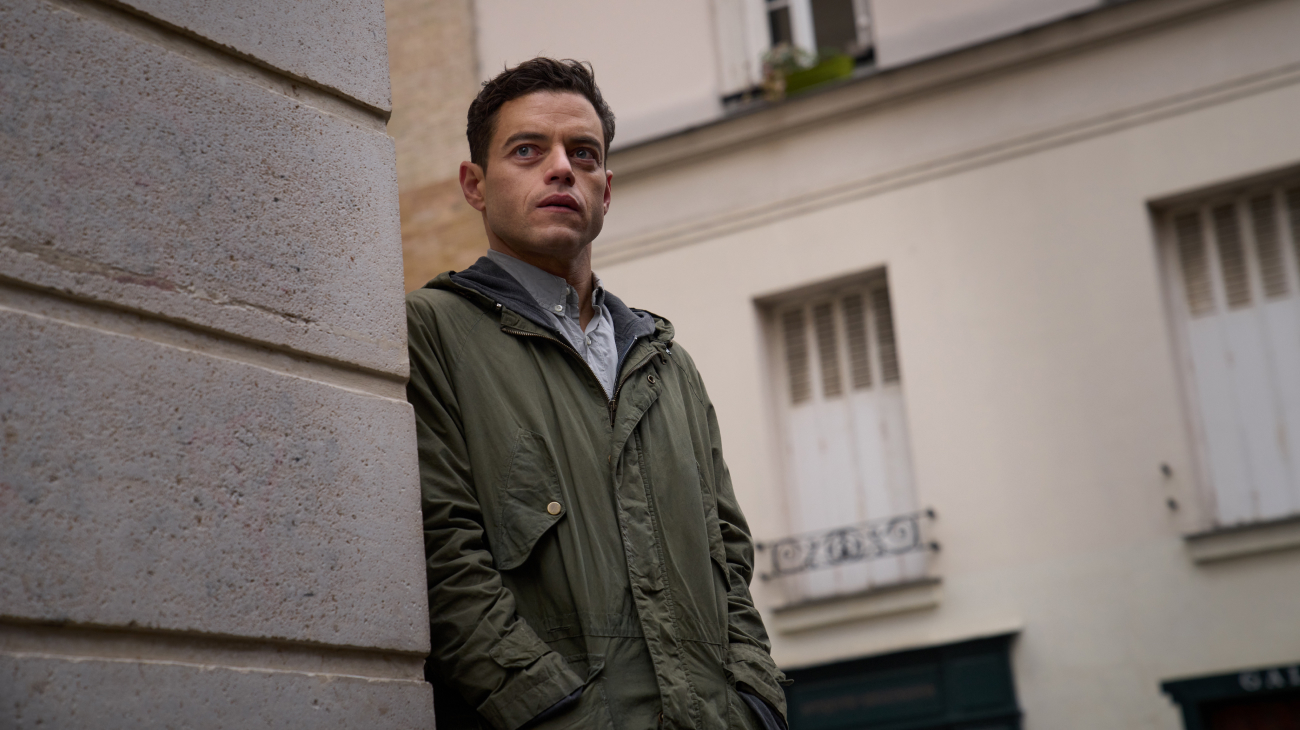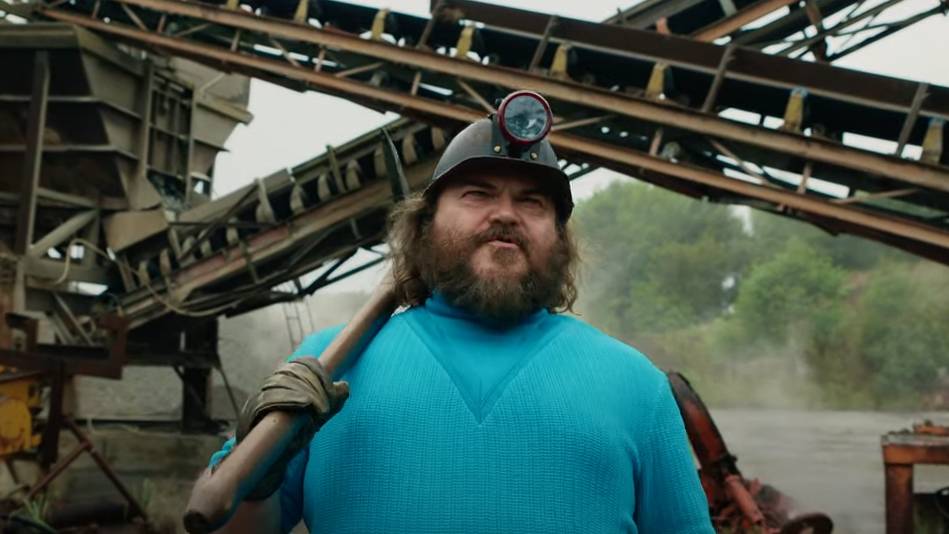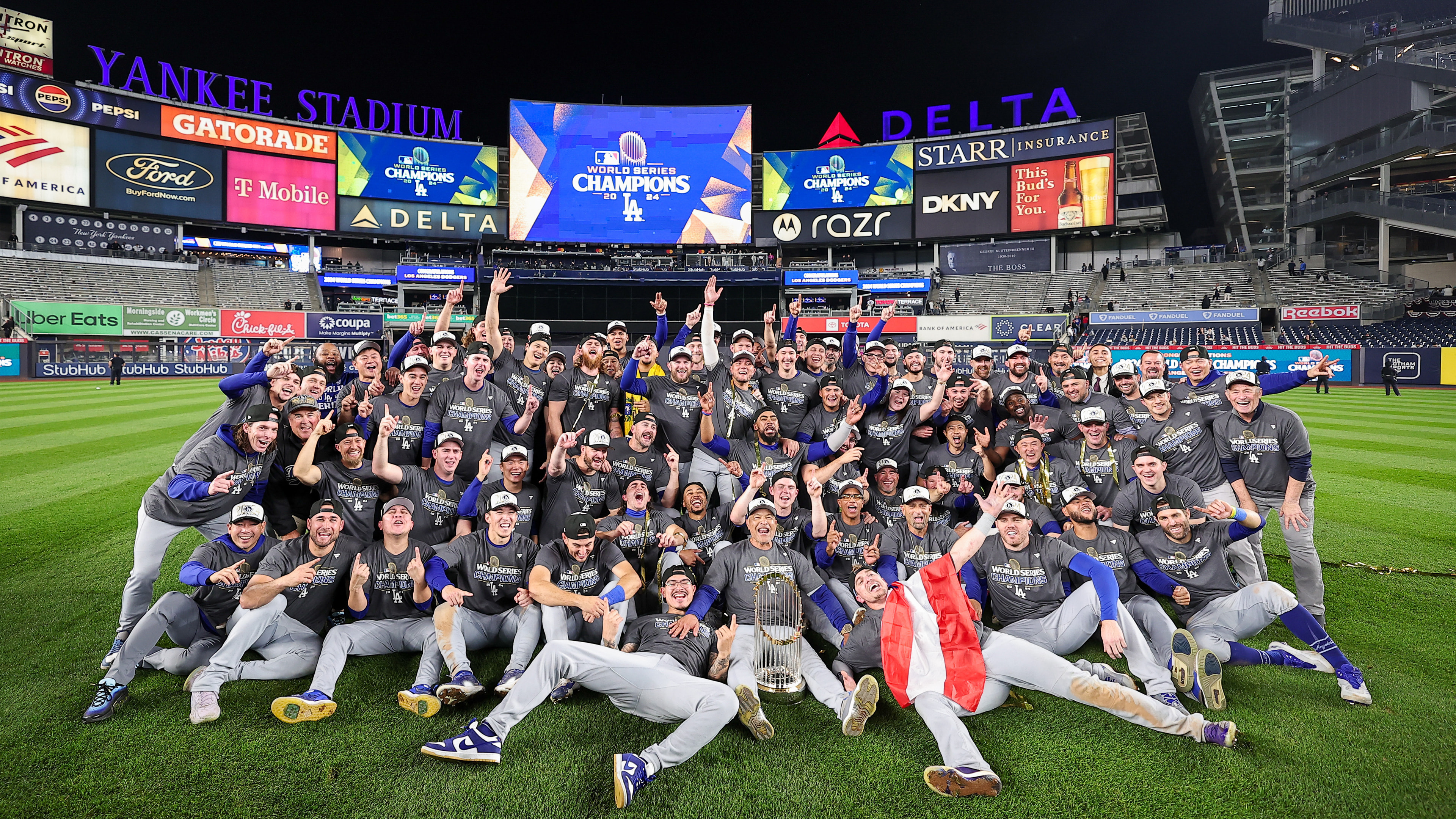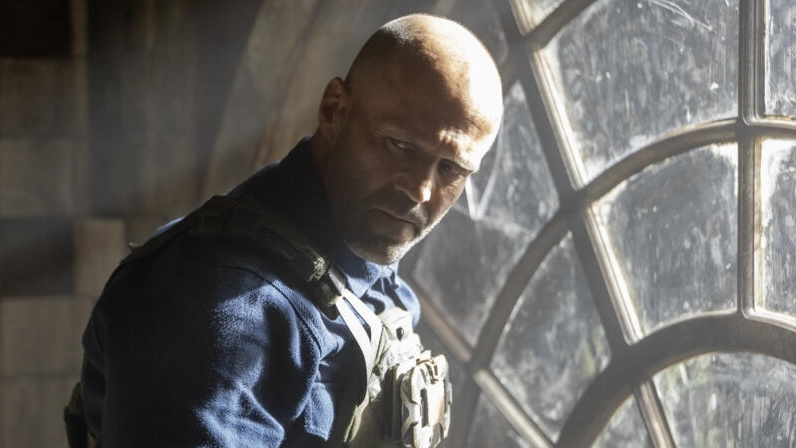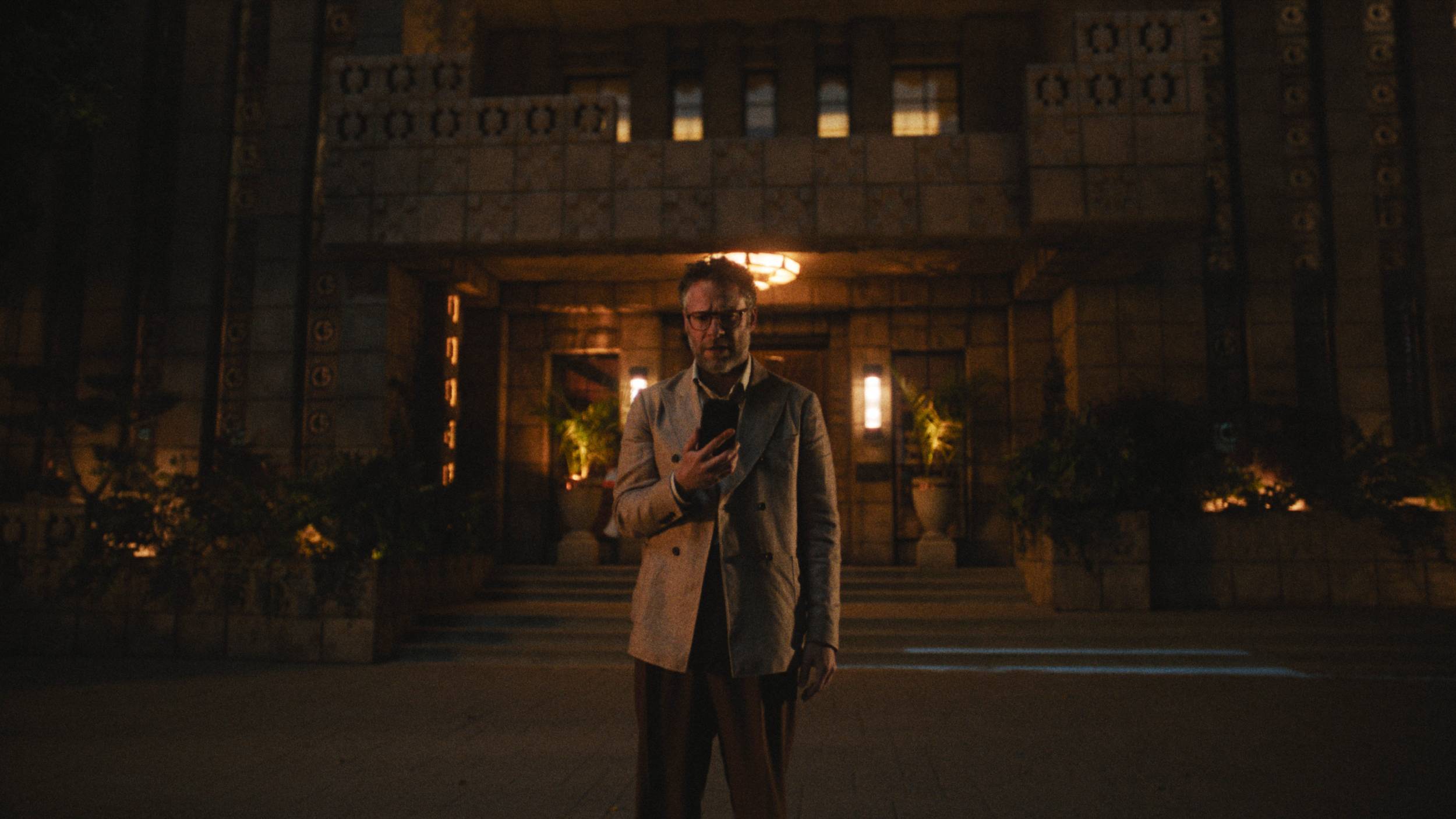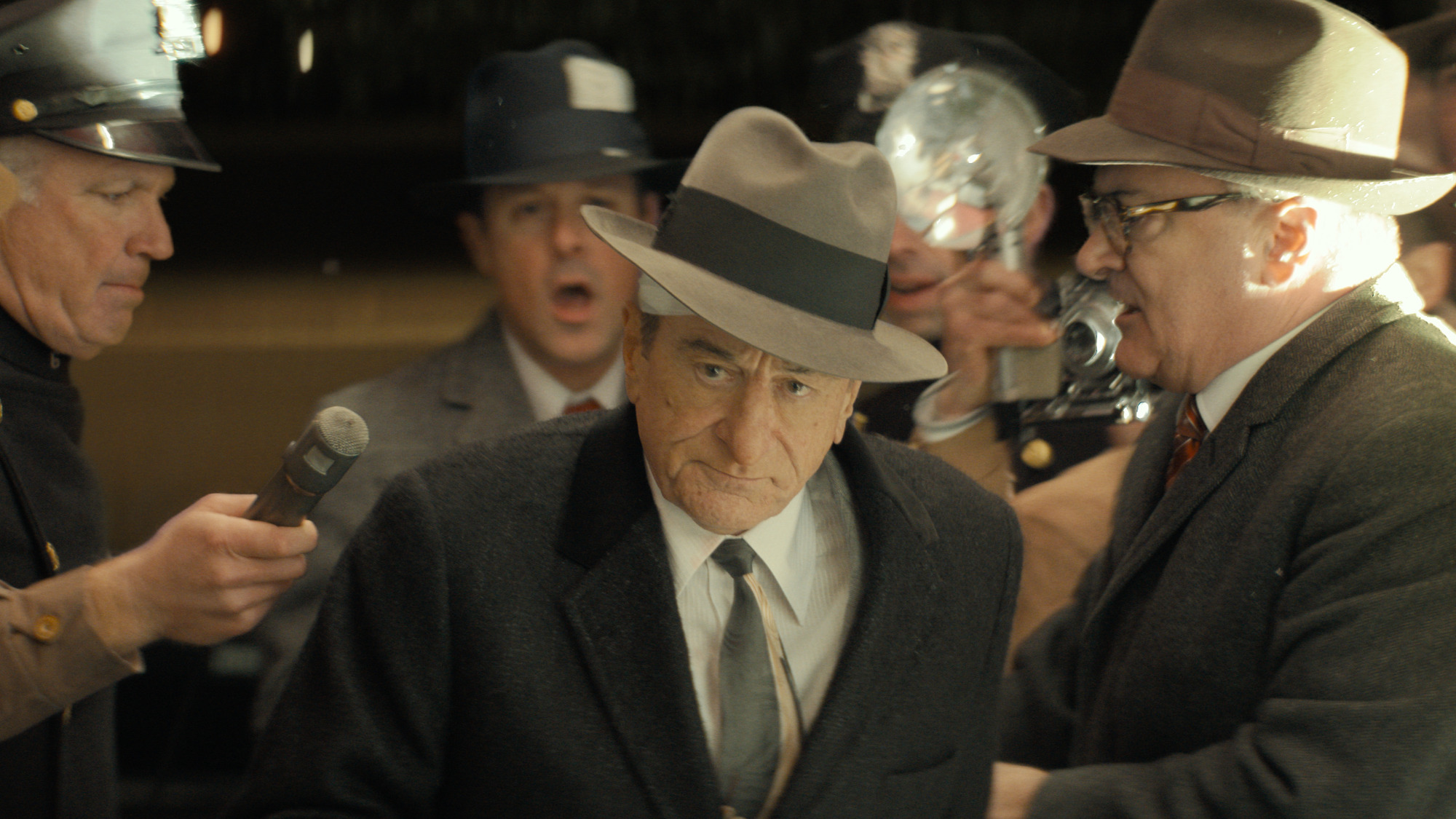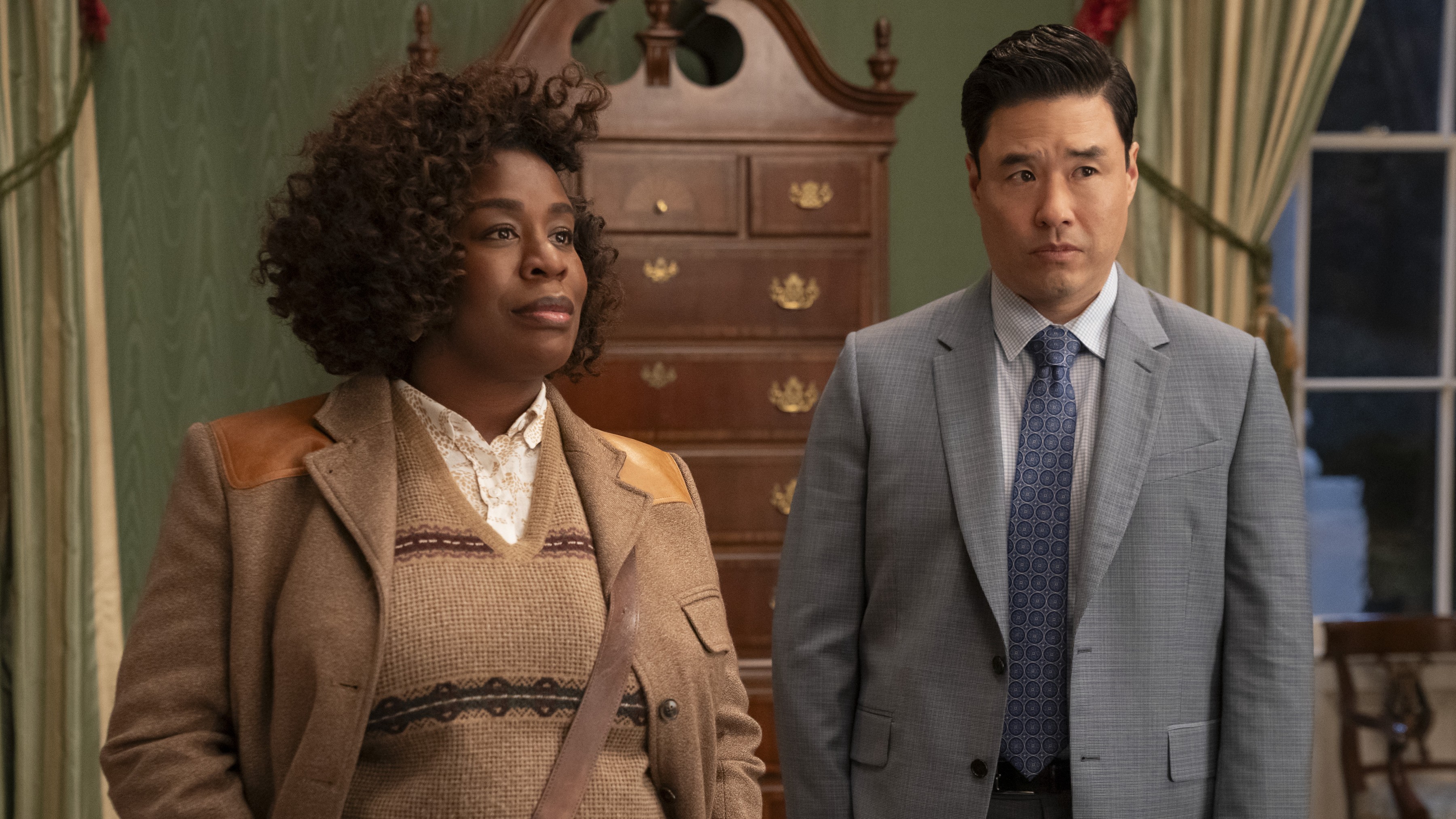What to Watch Verdict
Allowing the detectives' and victims' stories to be heard brings an unexpected perspective to the Night Stalker case, making this one riveting true crime series.
Pros
- +
🔴Gil Carrillo's earnestness adds an empathetic element to the series.
- +
🔴Frank Salerno grounds things with his no-nonsense grit.
- +
🔴The show keeps its focus on the human stories behind-the-scenes.
- +
🔴It unfolds like a riveting whodunit.
- +
🔴There are no corny re-enactments here.
- +
🔴The synth score is the icing on the cake.
Cons
I was nine-years-old when a murderer known as The Night Stalker terrorized the streets of Los Angeles, California. Even in the suburban reaches of the San Fernando Valley, disconnected from the bustling nightlife of Hollywood and Downtown, my safety ultimately felt like a wished-upon construct — a comforting story my mother told at night to hopefully deter any visits by the boogeyman. But in the year 1985, like many other children in the neighborhood, Richard Ramirez haunted my dreams.
Everyone seems to know something about The Night Stalker. The larger-than-life devil-worshipping persona of Richard Ramirez has long since cemented itself in the pop culture ecosystem. But there are a plethora of details regarding Ramirez's reign of terror that are lesser-known to the general public. And with Netflix's new four-part docuseries Night Stalker: The Hunt for a Serial Killer, a new perspective on the monster not only tells the tale of the homicide detectives who worked tirelessly to capture him but honors the lives of his many victims, as well.
Right off the bat, we're given a perspective of L.A.'s sprawling landscape that is both stereotypical to what outsiders perceive the city to be (a sun-soaked celebrity-filled haven rife with privilege and opportunity) juxtaposed with the lesser-represented darker elements that permeated the city's nightlife and various under-represented communities. This is our introduction to the story and two homicide detectives — fresh-faced newcomer Gil Carrillo and the well-respected officer who brought down the Hillside Strangler, Frank Salerno — are our guides.
This team-up brings an unexpected dynamic to the series that, at times, feels more like a riveting police drama than a documentary. Even though each episode stylishly plummets the viewer deeper into the cavalcade of horrors dished out by the then-unknown assailant — his crimes ranged from rape to murder to child molestation and his victims varied widely in age, class, gender, and race — the use of Carrillo and Salerno's own recollections of their police work adds an unexpected whodunit element to the mix. Even if you know how Ramirez's rampage ends, the journey the series takes you on to that end-point is an enthralling one.
With the detectives commanding the narrative, the series flips-the-script on the formulaic expectations often found in the true crime genre. Instead of giving the killer cinematic power (we don't actually see footage of Richard Ramirez until the final episode), the program hones its focus on the lives he destroyed and the unfathomable fear he unleashed on the state of California, featuring first-hand interviews with family members of his victims, members of the press who reported on his wildly erratic string of murders, and survivor Anastasia Hronas, who was just six-years-old when Ramirez abducted her from her home only to subject her to hours of abuse.
It's always interesting to watch shows that depict how law enforcement entities operate. While this is no Mindhunter, Night Stalker does a good job at dissecting the methods Carrillo and Salerno used to hunt down Ramirez. These are the details that add further color to the story, bringing to life images of an ego-driven boys club closed-off to the idea of sharing evidence and information to help in the case. And then, of course, there's the news media's role which, in the hunt for new details on the story, overstepped their bounds communicating information — like the Avia shoe-print left at multiple murder scenes — to the general public.
For years, my perspective of the Richard Ramirez story was focused solely on the killer himself, with the lingering elements of my childhood fears bubbling up to the surface now that I'm a new dad. But watching Carrillo and Salerno reveal how this difficult work impacted their family's lives adds an empathetic relatable aspect that doesn't just lead the viewer to further respect these men, it drives us to care about them as the true heroes of this story.
But we shouldn't discount the community who ultimately took down Ramirez. The story of his capture, which is documented in the series, is one of legend. And the way in which Night Stalker tracks the killer's perceived path to escape, which began first on public transit and then on-foot precariously through the streets of L.A., is unexpectedly climactic. No matter how many times I hear about his downfall — the citizens who cornered him, and the dude who took a metal bar to his head to subdue him — it always hits me as a delightful example of karmic justice.
We're a society that tends to lift up serial killers, examining their origin stories while re-traversing their unhinged road to violence. It's something that has been exhaustively done with the likes of Charles Manson and Ted Bundy. But it's the memory of the victims that, more often than not, end up falling through the cracks.
This type of disconnect allows show creators like Ryan Murphy to put a sexy bad boy version of Richard Ramirez in multiple seasons of American Horror Story, providing a slick perspective of his boogeyman-like persona. How quickly we forget that, just a few decades ago, the man with the goat odor and mouthful of rotted teeth exploited a heatwave-stricken city, climbing into the windows of unsuspecting people throughout Southland, vanquishing a large amount of lives in the process.
Night Stalker: The Hunt for a Serial Killer is a true-crime docu-series that does more than just show us stylized re-enactments of a notorious murderer's heinous acts. In just four episodes, it shines a light on the dangers that can lurk in a big city's shadows. It's a program that peels back the curtain on our flawed criminal justice system, exposing the tireless workers behind-the-scenes as they attempt to uphold civil order in the face of unspeakable evil.
Ultimately, while this is a challenging viewing experience, Night Stalker is a stark reminder that while numbers on a screen can lack real humanity, existing behind the killer's death count is a real collection of stories, of both tragedy and triumph, aching to be respected and remembered.
Night Stalker: The Hunt for a Killer premieres Wednesday, January 13 on Netflix.
Aaron has been reporting on the entertainment industry for over a decade. He's written for places like The Hollywood Reporter, Playboy, SF Chronicle, The Washington Post, Rotten Tomatoes, and Inverse. Aaron is a member of the Television Critics Association, Critics Choice, and AFTRA SAG. Before entering the journalism game, Aaron was an actor in commercials and TV. He once played Charlize Theron's nerdy boyfriend in a Japanese Honda commercial and co-starred in the Power Rangers sister series VR Troopers.
